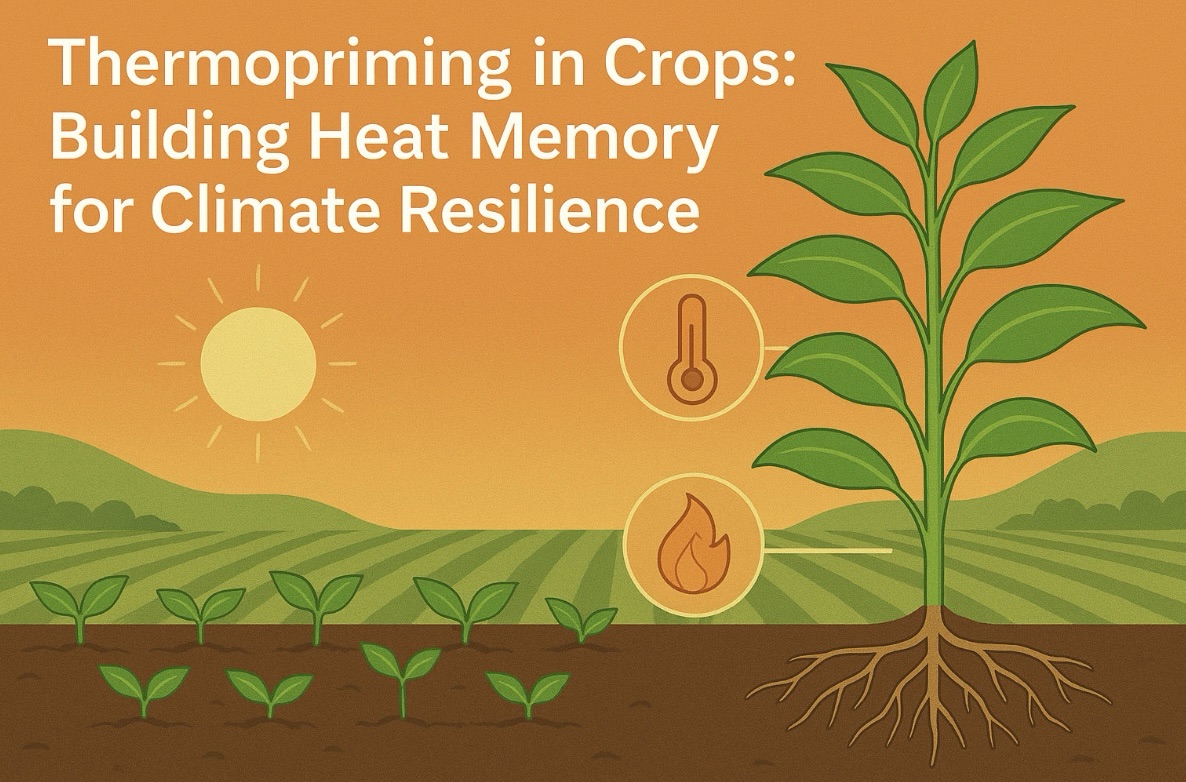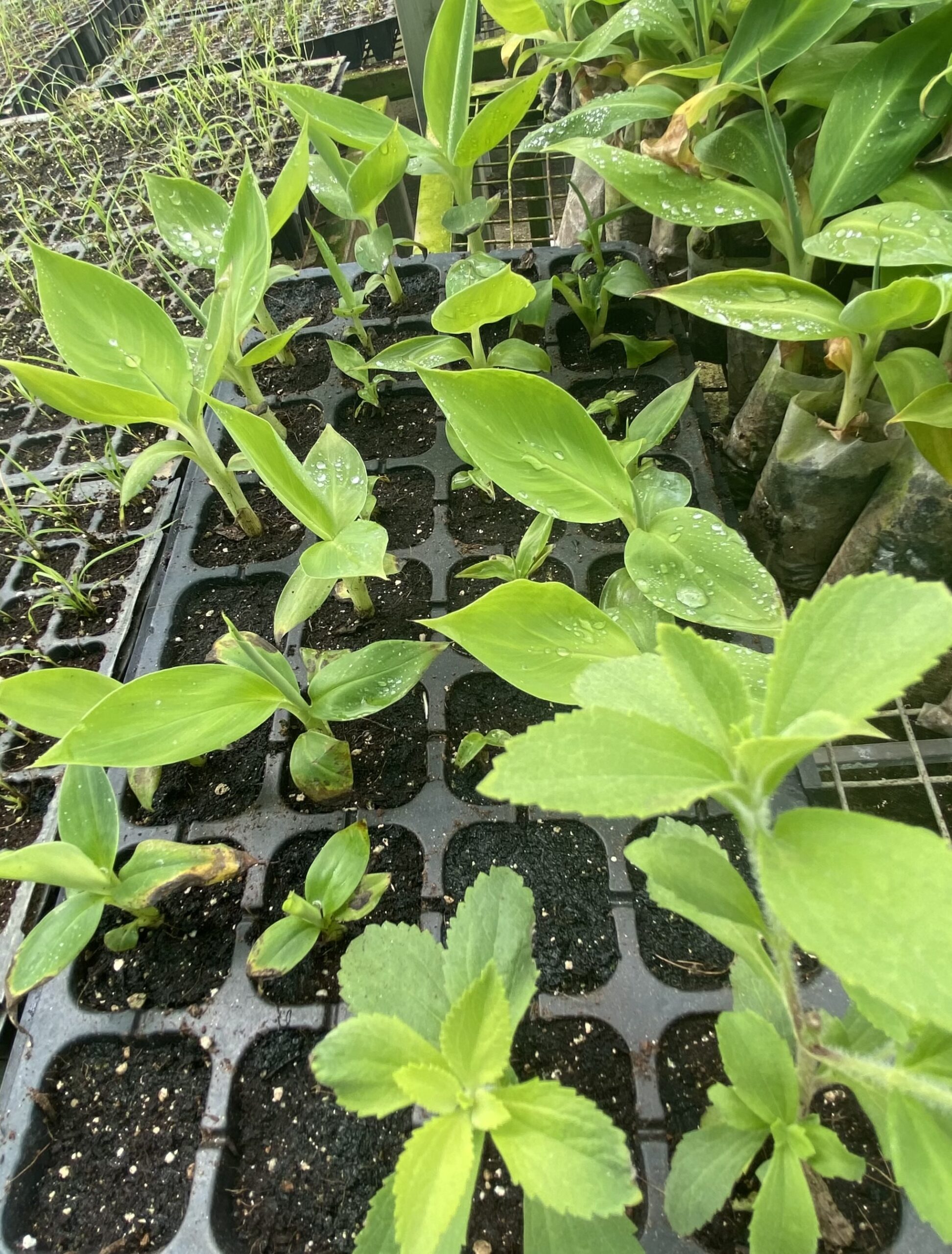The agricultural industry stands on the brink of a transformation unlike any before. While past revolutions were driven by the plow, irrigation, and chemical inputs, today’s revolution is digital and autonomous. At the heart of this change is agricultural robotics—a field that merges engineering, computer science, and plant sciences to automate and optimize virtually every aspect of farming.
As climate change, labor shortages, and food security challenges escalate, robots are no longer just tools—they are emerging as the essential workforce of modern agriculture. The promise of these technologies isn’t merely in replacing human labor, but in elevating the precision, efficiency, and sustainability of global food production.
The Drivers Behind Robotic Adoption in Agriculture
Agricultural robotics are being integrated into farms at an accelerating pace, driven by a constellation of global pressures:
1. Labor Shortages and Aging Farm Populations
Around the world, rural labor is in decline. In countries like the U.S., Japan, and parts of Europe, the average age of farmers is increasing, and younger generations are increasingly moving toward urban centers and technology-driven careers. Seasonal labor is becoming harder to secure, and the physical demands of farming have pushed many operations to seek alternatives.
2. Feeding a Growing Population
By 2050, the global population is expected to exceed 9.7 billion. This will require food production to increase by an estimated 60–70%. Traditional methods simply cannot scale at this rate without compromising environmental integrity or exhausting natural resources. Robotics offer a scalable and precise solution.
3. Sustainability and Resource Efficiency
Agricultural robotics enables precision farming—delivering water, fertilizers, and pesticides in the right amount, at the right time, and only where needed. This reduces input waste, limits environmental pollution, and conserves critical resources like water and soil fertility.
4. Climate Volatility
Erratic weather patterns, droughts, floods, and temperature extremes have added a layer of unpredictability to farming. Robots can work in adverse conditions, around the clock, and adjust in real-time using AI-driven responses to these variables.
A Deeper Dive into Robotic Applications on the Farm
The modern farm is becoming a network of intelligent machines, each designed to perform specific tasks that were once labor-intensive and time-consuming.
1. Autonomous Tractors and Smart Implements
Companies like John Deere, CNH Industrial, and Kubota are developing fully autonomous tractors that can map fields, avoid obstacles, and perform complex tasks such as tilling, sowing, and spraying without a human in the cab. When paired with GPS, LiDAR, and machine vision, these machines can execute operations with centimeter-level precision.
Smart implements such as variable-rate seeders and sprayers further enhance efficiency by adjusting their output based on soil data, crop type, and real-time weather.
2. Robotic Harvesters
Harvesting remains one of the most difficult challenges for automation due to the variability in crop size, ripeness, and fragility. However, breakthroughs are changing this.
• Strawberry-picking robots use machine learning to detect ripe fruits and gently pick them using soft-touch actuators.
• Apple harvesters utilize suction cups or grippers with force control to avoid bruising while maintaining speed.
• Vegetable harvesters now incorporate hyperspectral imaging to differentiate between crops and weeds, improving accuracy.
These robots work continuously, enabling round-the-clock harvesting during peak seasons—a feat impossible for human labor.
3. Drones and Aerial Imaging
Agricultural drones have revolutionized crop scouting. With multispectral, thermal, and high-resolution RGB cameras, they provide detailed field maps highlighting plant stress, pest outbreaks, nutrient deficiencies, and waterlogging.
Drones can also be fitted with sprayers, enabling targeted application of pesticides and fertilizers. In countries like Japan, where hilly terrain limits access to machinery, drone spraying has become a common solution.
4. Weeding Robots
Weeding is both labor-intensive and a source of chemical overuse. Robotic weeders like Ecorobotix and FarmWise Titan employ AI to distinguish between crops and weeds at the seedling stage. They can mechanically uproot or micro-dose herbicides only on weeds, slashing herbicide use by up to 90%.
This not only saves money but also aligns with the push toward regenerative and organic farming practices.
5. Seeding, Transplanting, and Thinning Robots
Precision seeders use data to plant at optimal depths and spacings, improving germination and yield uniformity. For crops started in nurseries, transplanting robots—like those used in lettuce or tomato production—automate the movement of seedlings into the field.
Thinning robots help reduce plant density in fields to prevent overcrowding—previously a painstaking manual task.
6. Robotics in Animal Agriculture
Automation is also transforming livestock management. Robotic milking systems in dairy farms allow cows to be milked on demand, monitored in real-time for health metrics, and fed according to individualized diets. In poultry farms, robots clean, collect eggs, and monitor bird behavior to improve welfare.
Data, AI, and the Rise of the “Smart Farm”
What sets modern agricultural robots apart isn’t just their mechanical capabilities—it’s their intelligence. Sensors embedded in machinery collect vast amounts of data, which is then analyzed using AI and machine learning models to generate actionable insights.
From predicting optimal harvest times to detecting diseases before symptoms become visible, these systems are turning farms into complex, adaptive networks that respond proactively rather than reactively.
This convergence of robotics and data science gives rise to the concept of the “smart farm”—an interconnected ecosystem where every input is optimized, every decision is informed, and waste is minimized.
Benefits: Beyond Labor Replacement
While replacing manual labor is a key advantage, the benefits of agricultural robotics go much further:
• Consistent Quality: Robots maintain high standards of operation and can avoid the variability seen in human labor.
• Timeliness: Precision timing of planting, fertilization, and harvesting can significantly affect yield and quality.
• Worker Safety: Robots take over dangerous tasks such as pesticide application, reducing health risks to workers.
• Traceability and Transparency: Data collected by robotic systems enhances traceability from seed to shelf—an increasing requirement in food supply chains.
Challenges to Overcome
Despite their promise, agricultural robotics are not without hurdles:
• Cost and Accessibility: The high upfront investment may exclude smallholder and subsistence farmers, risking a digital divide in agriculture.
• Technical Training: Operating, maintaining, and interpreting data from these machines requires new skillsets among farmers.
• Data Ownership and Privacy: As farms generate massive amounts of data, questions arise over who owns it and how it’s used.
• Adaptability: Unlike factory floors, farms are dynamic environments. Adapting robots to diverse crops, terrains, and climates is a continuing engineering challenge.
The Future: A Collaborative Workforce
Agricultural robots are not here to replace farmers—but to work alongside them. The most productive future will come from collaborative intelligence—a hybrid model where machines handle repetitive or high-precision tasks, and humans focus on strategic, creative, and ecological decision-making.
The next generation of farmers will be part agronomist, part data analyst, part engineer. Rural education systems, agricultural extension programs, and government policies must now pivot to support this transformation.
Emerging Trends to Watch
• Swarm Robotics: Networks of small, cooperative robots working together for tasks like seeding or pest detection.
• Soft Robotics: Use of flexible materials that can handle delicate crops without damage.
• Autonomous Greenhouses: Fully robotic indoor farms with climate control, automated planting, and harvesting.
• Blockchain Integration: Linking robotic data with blockchain for transparent supply chains and food traceability.
Final Thoughts
Agricultural robotics represents more than a technological advance—it is the redefinition of how humanity cultivates its sustenance. By automating laborious tasks, enhancing decision-making through data, and fostering sustainability, robotics offers a path to a more resilient and abundant agricultural future.
But this revolution must be inclusive. It must bridge, not widen, the gap between large-scale industrial farms and smallholder producers. With thoughtful implementation, education, and policy support, agricultural robotics can become not just the future workforce of farms, but a cornerstone of global food security.
The fields of tomorrow won’t just be cultivated with tools—they’ll be cultivated with intelligence, precision, and vision.
References
1. Bechar, A., & Vigneault, C. (2017). Agricultural robots for field operations: Current status and future trends. Biosystems Engineering, 149, 94–111.
2. Duckett, T., Pearson, S., Blackmore, S., & Grieve, B. (2018). Agricultural Robotics: The Future of Robotic Agriculture. UK-RAS Network White Paper.
3. International Federation of Robotics (2023). World Robotics Report – Service Robots.
4. Food and Agriculture Organization of the United Nations (2021). The State of Food and Agriculture: Making Agrifood Systems More Resilient to Shocks and Stresses.
5. World Bank (2020). Agriculture and Food Overview.
6. FarmWise Labs, Inc. (2024). Autonomous Weeding Solutions.
7. John Deere (2022). Autonomous 8R Tractor Technology.
8. Ecorobotix (2023). Ultra-High Precision Robotic Weeding.
9. U.S. Department of Agriculture (2022). Precision Agriculture: Technologies and Trends.
10. Robotics Business Review (2023). How AI and Robotics Are Revolutionizing the AgTech Sector.










